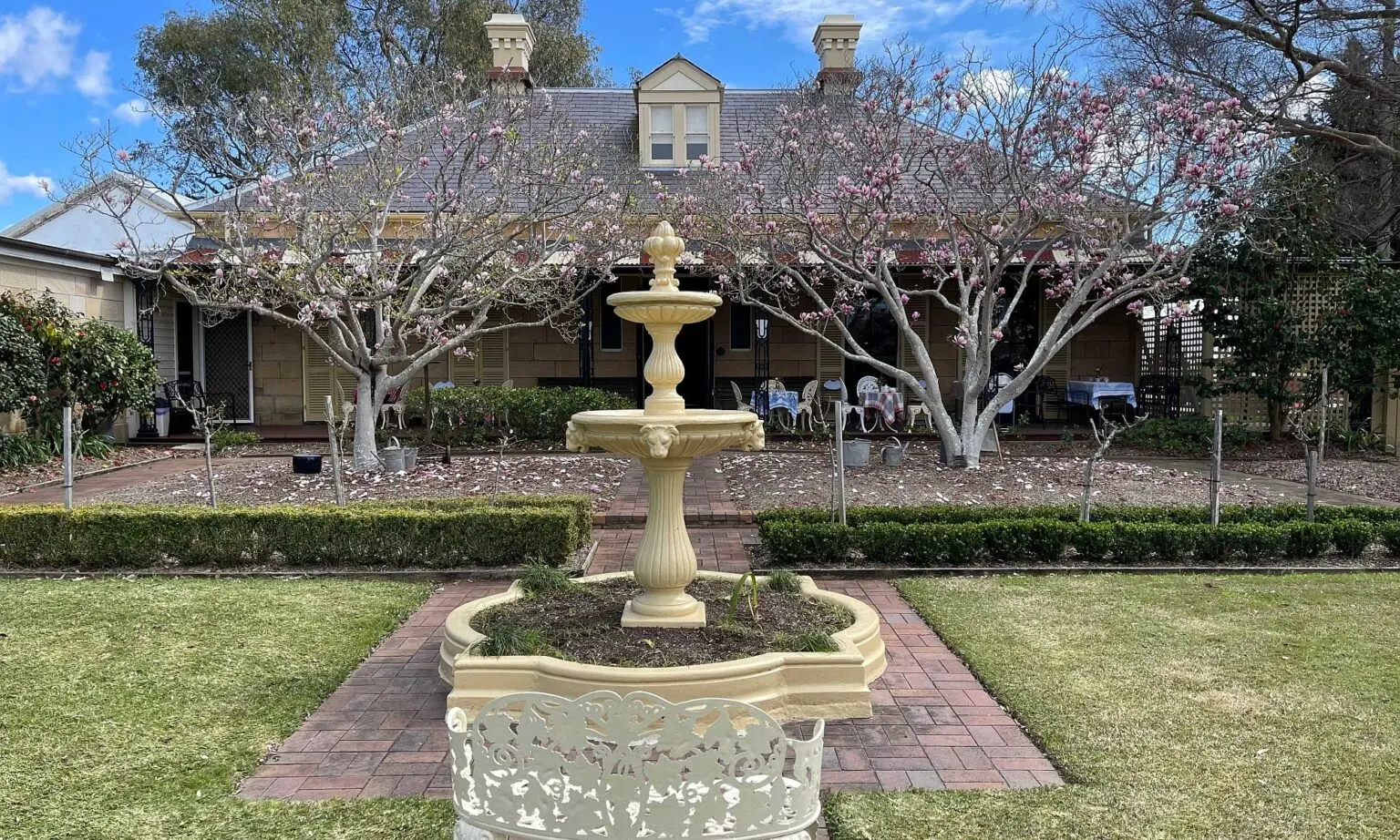by Gifford and Eileen Eardley Gazing upon the Arncliffe scene, in this year of grace, southwards from Cooks River bridge at Tempe, it is difficult to envisage the general appearance of the area prior to the advent of settlement. The river was fringed with a dense growth of mangroves and the marshy tracts bordering the …
Electricity Comes to St George
by Laurice Bondfield Several years ago near Christmas, I went looking for a recipe for Christmas cake. The recipes I’d tried from modern cookbooks had not turned out to taste as good as I remembered from childhood, so I went searching for older cookbooks using imperial measurements in their recipes. Stuck in the back of …
A Gravestone, No Grave, and a Riddle, part 2
by Bettye Ross Continued from part 1. So Eliza Harris Tompson was the daughter of Charles Tompson and Jane Armytage (nee Morris) and with a little leeway from the 1828 Census that looked right. The St. George & Sutherland Shire Leader published my results and I received a very nice phone call and letter from …
Continue reading “A Gravestone, No Grave, and a Riddle, part 2”
A Gravestone, No Grave, and a Riddle
by Bettye Ross Just over two years ago an article appeared in the St. George & Sutherland Shire Leader titled “The Grave Mystery of Will and Eliza’s Death”. I thought it was a pretty eye-catching headline and on reading through it, found that a headstone had been found in bushes in a backyard in Como …
The Arncliffe Catholic Parish
by Molly McDonnell In March of 1982, we celebrated the Golden Jubilee of St Francis Xavier’s Church, Arncliffe. The present beautiful edifice with its magnificent façade, round tower, and beautiful interior will forever stand as a monument to the great and untiring efforts of the late Monsignor Joseph Patrick Rafferty. With his great band of …

